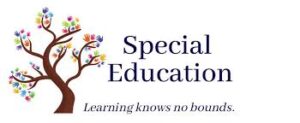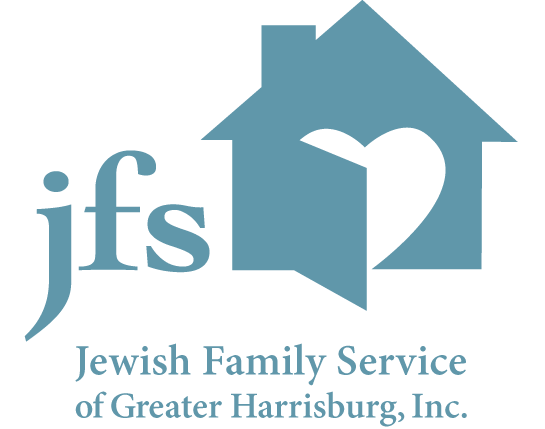 Dear Director,
Dear Director,
We adopted a sibling group of 3 from foster care and they each came with an IEP. I heard that you only have an IEP if you have a disability. My kids don’t look disabled. I mean, I know about their trauma background and all, but they can read and they can see and all that. But now I am worried and it’s all so daunting.
Very truly yours, confused
Dear confused,
Fear not, this is probably not as confusing as it appears.
If your children have IEPs, they do have some sort of disability that qualifies them for special education services of some sort, something that was identified after an evaluation and assessment. But, not all disabilities that qualify a child for an IEP are visible. Children can have learning disabilities, but they may also have emotional issues, developmental issues, or medical issues that interfere with their ability to learn in a “typical” classroom in “typical” ways.
If a child is identified as having one of these disabilities, then a plan to address them is set up, and a level of care needed is defined. This can be as little as itinerant support, part-time or full-time support, or needing to be placed into a special school. Who and where the accommodations are provided depends on the school district of course. Overall, the school will look for the “least restrictive environment” for each child to be placed into. What that means is the school will attempt to have the child in the most-regular classroom they can, as long as they are also able to provide for that child’s needs to assist them in learning to their fullest potential.
So some children may need to be in a classroom part of the day to focus on reading or math skills in a way that is different from other children, due to a learning disability. Another child may need a nurse with them all day due to a health issue or being in a wheelchair, so that the nurse can attend to their medical needs while they learn. A third child could be placed into a special setting because they are a team with developmental disabilities and that setting will help them learn life skills for post-graduation. For your children, with their trauma backgrounds, they may learn better in a smaller, less noisy and distracting classroom. Or they may meet with a guidance counselor on a regular basis to assist them with organizing their assignment book or just to take a break when the day is going rough. There are as many kinds of accommodations as there are ways that a child struggles.
health issue or being in a wheelchair, so that the nurse can attend to their medical needs while they learn. A third child could be placed into a special setting because they are a team with developmental disabilities and that setting will help them learn life skills for post-graduation. For your children, with their trauma backgrounds, they may learn better in a smaller, less noisy and distracting classroom. Or they may meet with a guidance counselor on a regular basis to assist them with organizing their assignment book or just to take a break when the day is going rough. There are as many kinds of accommodations as there are ways that a child struggles.
Whatever each of your children need to learn in their best way, you should be part of their IEP process, because you are the expert on your children and what works and what doesn’t work. Your input is valuable. Know that once the school says they will provide an accommodation, they must do it, by federal law, even if it means busing your child door to door to another school district to get those services. And remember, the IEP is reviewed annually, and re-evaluation occurs every third year, so if the child no longer needs a particular accommodation or needs new ones, then things gets redetermined.
I would bet there are plenty of others in your children’s classrooms that also have IEPs, and perhaps nobody knows that they get accommodations. But that’s the point. The goal is for every child to learn in their best way and become who they will as they reach adulthood.





